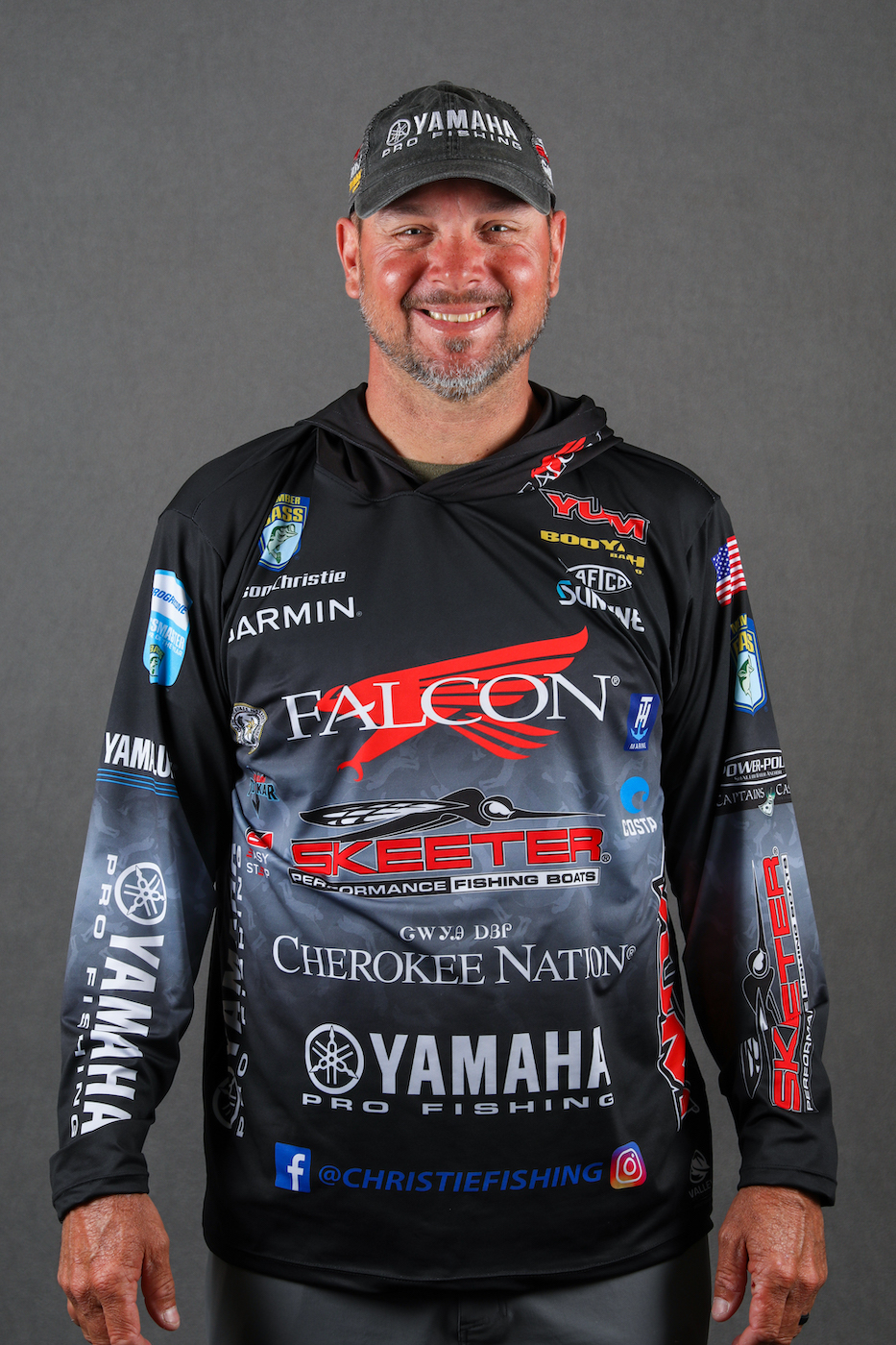We’ve been told that fish spawn and then they all move out deep but that’s not completely true. It’s not completely false either – it’s just that there are some fish that live shallow year-round and if you want to catch quality fish in shallow, a dock is probably your best bet.
The thing about docks is that it’s more about quality than quantity. You’re looking for one good fish, rather than a lot of fish like you would offshore. I consider big fish loners and when you think about it, a dock is the ideal scenario for a big fish to stake out his territory, tuck back in a corner and ambush prey.
Growing up on Grand Lake before I got good at fishing offshore, that’s how I could compete with the locals – I’d go fish docks. It wasn’t as consistent as deep fishing but I could remain competitive. Even now, if I think I can be competitive, I won’t hesitate to go hunting docks. And when someone tells me they’re going to compete in a big-fish tournament they ask me for advice on what to do, I’ll tell them to go flip docks.
Another way to look at it is that docks offer a great option to a crowded offshore situation. That’s what happened during the BASSFest on Lake Chickamauga – a few key spots were producing the best bites and when those spots got too crowded, several anglers went to the bank and caught fish on docks.
Whether I’m distancing myself from a crowd, or if I just have a good feeling about the dock bite, I’m looking for a few key elements. Dock shape really isn’t all that important to me as long as the structure offers shade.
I also like the ones that have one small area where it’s hard to reach. If there’s one little spot you know not many people have put a bait back there. When I find one of these scenarios, I expect to find a big fish sitting back there.
Dock positioning is really important. It’s okay for the structure to be sitting in shallow water, but it has to be close to the deep water. I’ve caught a lot of big fish on docks in the summer, but they’ve always been within 25 yards of deeper water.
I think those big fish use docks as much for feeding areas as they do for shelter and protection. They just lounge around out in the deep water and then they move up to feed.
Those docks have minnows eating the algae off the floats or the fixed legs, there’s bluegill, shad and then the bass are in there eating all that forage. I take advantage of this food chain scenario with four main tactics:
1. Topwater: In the low light of morning, or if the sky clouds up, I’ll throw a Zara Spook around the perimeter of a dock. That’s a good way to catch a big fish.
2. Jig: My most versatile dock bait by far is a 1⁄2-ounce Booyah jig with a Yum Christie Craw trailer. I can flip it into small holes that are tough to access, pitch it way back into a boat stall, swim it past a dock float or skip it under dock cables.
3. Big Worm: On docks with easy access, I’ll throw a 10-inch Yum Worm Texas rigged with a 1⁄2-ounce weight. This is a big profile, but it’s more subtle when it goes in. Sometimes the jig is just too much and the way that worm kind of sneaks in there makes it very effective.
4. Swimbait: Some days, it seems the fish get up really high in the water column and when they do this, they’ll chase a swimming bait. I like the Yum Money Minnow on a belly weighted hook because it casts well and I can skip that bait 50 feet. This is very helpful around big marina docks and anywhere the cables of floating docks impede your casting.
Whatever you throw around docks, you want to consider angles and stealth. There are times when I’ll pull in really close and flip a bait into a tight space between a boat and the dock, or reach way over a dock cable to put a bait where nobody else will try to put one.
In most cases, I’m looking to make presentations down both sides of a dock, across the face and around the corners, so I’ll position my boat to allow for the proper angles. I’m usually looking one or two casts ahead so that I’m ready when I reach a certain spot.
The other thing is being quite. These fish hear a lot of noises and they’ll know something’s up if you come in too fast or too loud. I turn my electronics off so they don’t hear that sound, and I sneak up slowly to make sure I don’t startle any fish I might have a chance at catching.
Even a really active dock is only going to give you a few opportunities and you don’t want to waste any of them.





